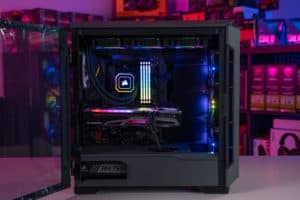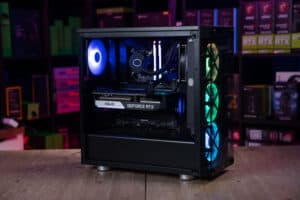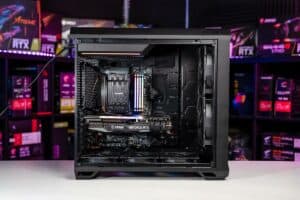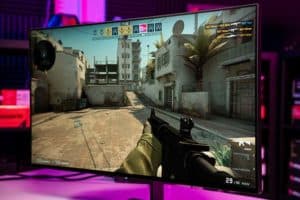Building A Gaming PC On A Student Budget
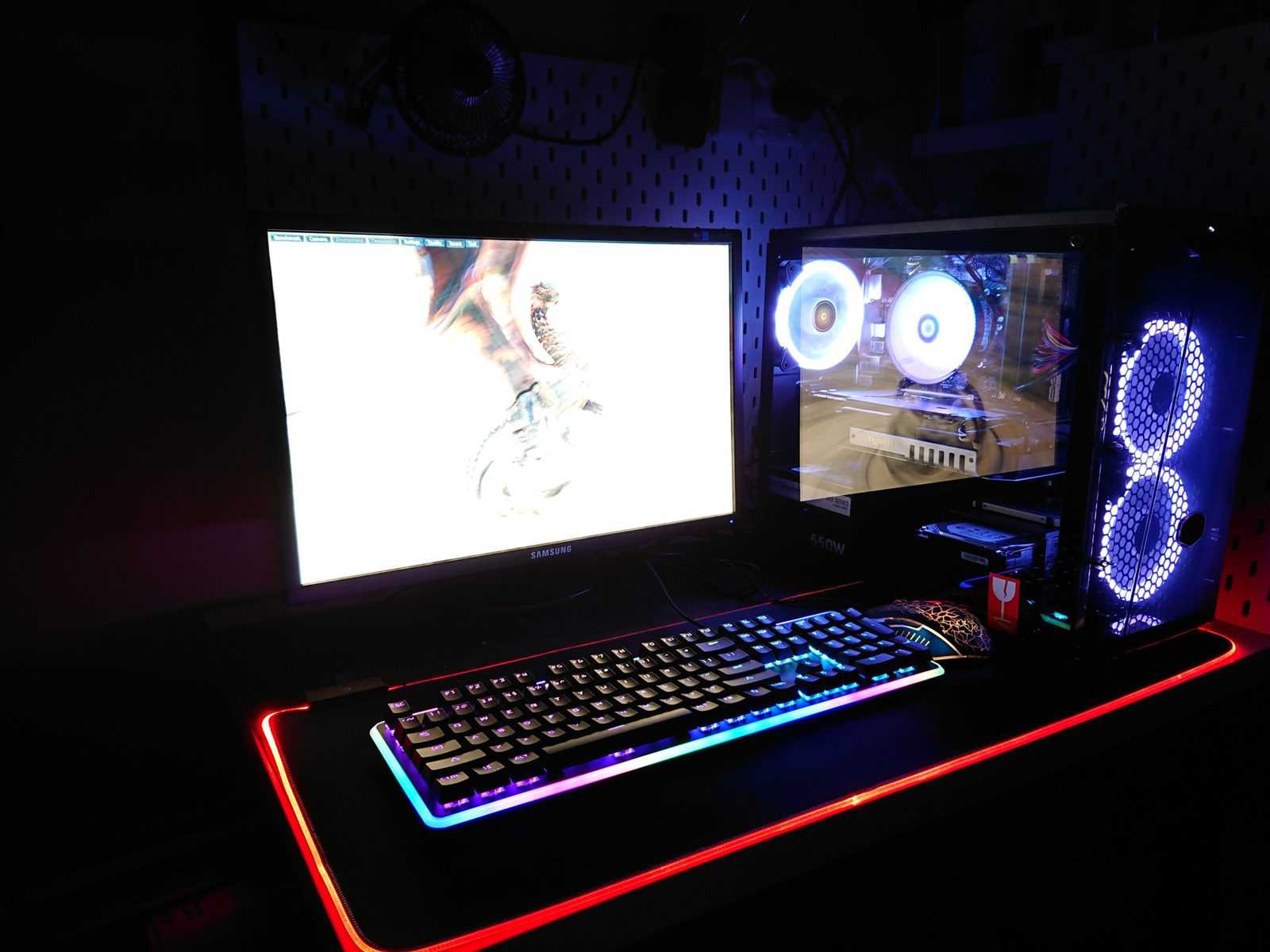
WePC is reader-supported. When you buy through links on our site, we may earn an affiliate commission. Prices subject to change. Learn more
Even with a student loan, overdraft, and part-time job, a student’s budget is usually stretched quite thin over semesters. This makes it particularly difficult for student gaming enthusiasts looking to build a new system. That being said, it doesn’t mean there aren’t bargains out there and ways to build a decent gaming PC on a student budget.
In this article, we are going to be putting together some components, showing you what’s possible whether you are building a brand new PC, or just fancy a few upgrades.
CPU
As a student, you are most likely going to want a system you can use for gaming purposes and, of course, your studies, so the CPU is a fairly important component. Single-core performance and general clock speed are great areas to look at usually but, a well rounded multithreaded processor is the best way to go here.
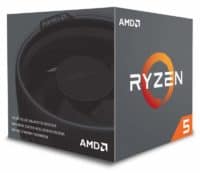
- Speed: 3.4Ghz – 3.9Ghz
- Core (threads): 6/12
- Socket: AM4
- TDP: 65W
- Unlocked?: Yes
- PCIe Version: PCIe 3.0 x16
- Total L2 Cache: 3MB
- Total L3 Cache: 16MB
- CMOS: 12nm FinFET
- Max Temps: 95°C
The current price of AMD’s Ryzen 5 2600 processor is superb and you are getting a lot of bang for your buck with this CPU. This 6-core, 12-thread processor is from AMD’s second generation and is still renowned for its excellent performance and value. Thanks to the release of AMD’s third-generation Ryzen CPUs, the price of the 2600 has dropped significantly, making it ideal for those on a strict budget.
Graphics Card (GPU)
The graphics card is where you are going to be sinking most of your dedicated budget when it comes to building a gaming PC. What card you go for is usually down to what games you play but to cover most people’s needs and budgets, a solid mid-range GPU like the Nvidia GeForce GTX 1660 Super is a great option.
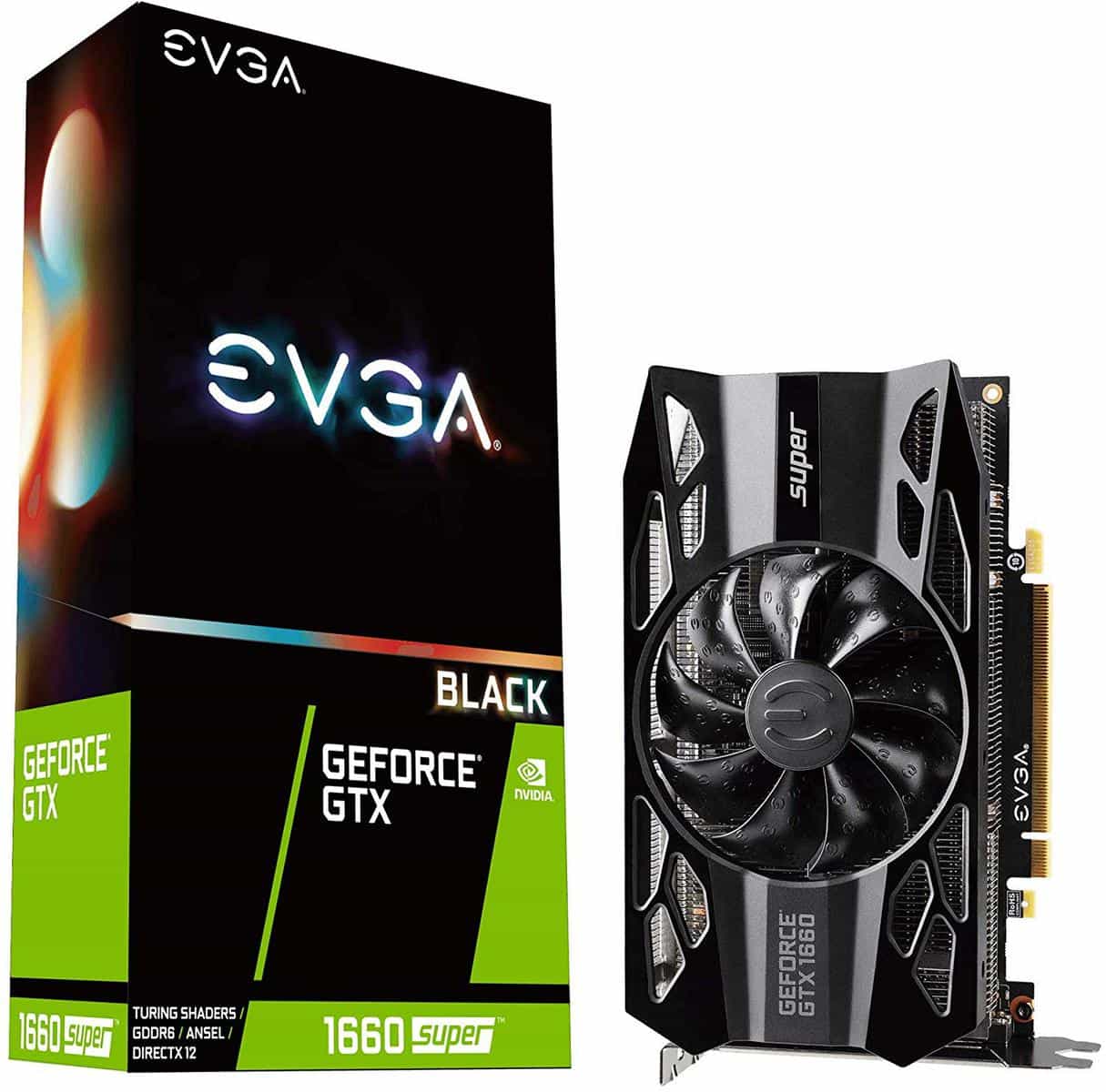
- Clock Speed: 1785 MHz
- VRAM: 6 GB GDDR6
- Memory Bus Width: 192 bit
This may seem pricey but you are going to be able to play most games in 1080p without tweaking settings too much, across many AAA titles. The card will also enable you to play your favorite esports titles at a 144Hz refresh rate if you are a competitive type.
Motherboard
A motherboard is an area you can save a lot of money when it comes to building a PC as many of the premium features we see with the top end boards aren’t really needed by the majority of gamers. It is worth noting that there can be several compromises to a cheaper motherboard board such as; capped RAM speed, limited expansion slots, and poor quality VRM’s. Despite this, you can still get a reliable motherboard that will bring your system together for less and use the money you save on the CPU, GPU, or a few extra vodkas.

- Form Factor: ATX
- Socket: AM4
- Chipset: B450
If you prefer a wired internet connection over wireless you can save a few extra dollars going for a motherboard without Wi-Fi. Don’t be hasty though, there are a few options out there for just a little extra that will generally make your life easier. The Gigabyte B450 Aorus Pro Wi-Fi is considered a budget board but is by no means as cheap as you could go. This motherboard will support the CPU listed in this article and, if you ever upgrade, Ryzen 3000 processors too! This mobo can support up to 64GB of RAM and will allow you to overclock the RAM up to speeds of 3600MHz. Talking of overclocking, the VRMs on this will allow you to push the CPU as far as it can go (if you are into your overclocking) and squeeze even more performance out of your PC without spending anything extra.
RAM
Buying a sufficient amount of fast RAM is a cheap way to give your gaming PC a little extra boost when it comes to games, work, and general browsing. The RAM market is full of reliable options, so there is nothing to worry about here but we won’t be wasting extra dollars on RGB lighting.

- Capacity: 16GB – 64GB
- Frequency: DDR4 3600MHz
- CAS Latency: 18
The Corsair Vengence LPX 16GB 3600MHz RAM kit brings maximum performance at a small cost, especially when paired with the Ryzen CPU we have here. This is more than enough RAM to deal with the most demanding gaming titles and will supplement your build on a budget to no end.
Storage – SSD
Before SSDs became essential, we could save a little bit of money opting for a hard drive instead but we would strongly advise against this these days. Higher sequential read and write speeds are going to work wonders when you are working and gaming. An SSD will load your operating system, games, and applications fast, giving you more time to be productive (or just game).

- Capacity: Available in 250 GB, 500 GB and 1, 2, and 4 TB
- Interface: SATA 6 GB/s
- NAND Flash Memory: Samsung V-NAND 3-bit MLC (TLC)
- DRAM Cache Memory: 512 MB, 1, 2, and 4 GB LPDD4
High-quality SSD’s don’t come cheap but opting for a model that is reliable is going to serve you well in the years to come. To save cash, we have gone for a 500GB Samsung 860 EVO, a highly regarded 2.5” model. Whether you are loading your games or rendering videos and 3D environments, the 550MB/s and 520MB/s read and write speeds are going to make it all feel rather snappy.
Power Supply (PSU)
There are a wide variety of power supply options with various wattage outputs for differently spec’d builds. You can save money on a power supply by buying a model that will sufficiently power your PC and no more. This may mean if you plan on upgrading your PC down the line that you will have to upgrade this component too depending on what hardware you buy. We can also save money by opting for a lower end efficiency model too. Certified power supplies range from White (lowest) to Titanium (highest) but the differences are minimal, so opting for an 80 Plus Bronze is going to be best here. Power supplies also come in three different varieties; non-modular, semi-modular, and fully-modular. Fully-modular PSUs are the more expensive option, so opting for a non-modular is going to help make bigger savings without taking anything away from the performance.
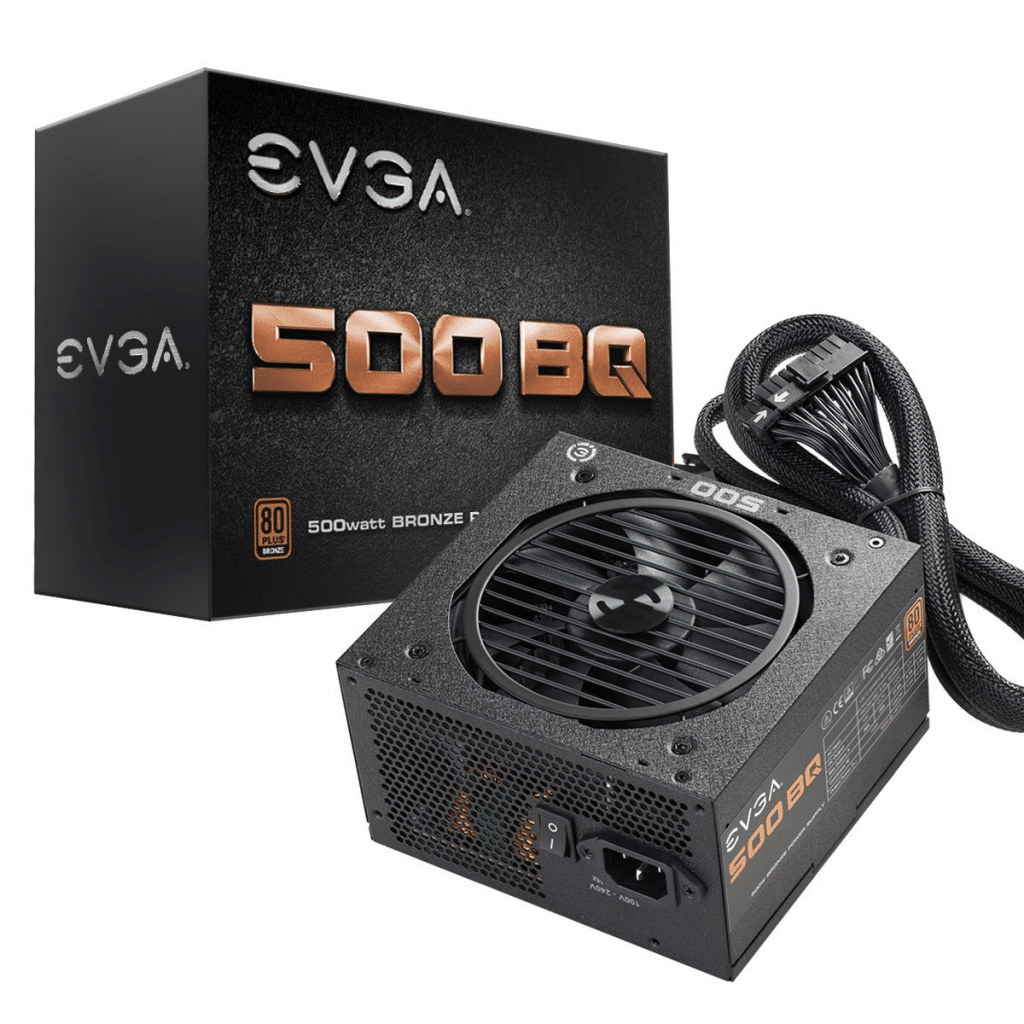
- Wattage: 500W
- Certification: 80+ Bronze
- Modular?: Semi modular
We have gone for the EVGA BR 500W PSU. EVGA is renowned for manufacturing high-quality components, especially power supplies, and you can rely on this one.
PC Case
The case, when dealing with budget PC’s, is another component where we can save quite a lot of cash. That being said, there is no need to opt for a low-quality knock-off when companies like NZXT offer so much for so little. The key factors for consideration of a good case are airflow, layout, and, to a lesser extent, aesthetics. With this in mind, we have opted for the NZXT H510, a truly superb mid-tower chassis.

- Type: Mid-tower
- Motherboard Support: ATX, mATX, Mini-ITX
- Dimensions (HxWxD): 460 x 210 x 428mm
- Included Fans: 2 x Aer 120mm
- Materials: SGCC Steel, Tempered Glass
- Available Colours: Matte Black, White, Black/Red
- Front I/O panel: Power Button, USB 3.1 x 1, USB 3.1 Gen 2 Type-C x 1, Headset jack x 1
- Expansion Slots: 7+2
- Drive Bays: 2+1 x 3.5″ & 2+1 x 3.5″
- Cooling (Front/Top/Rear): 2x 140 or 2x 120mm / 1x 120mm / 1x 140mm / 1x 120mm
- Maximum GPU length: 381mm w/o front watercooler installed, up to 325mm with front watercooler installed
The H510 is manufactured with care and offers some of the best build quality in its category. The case features two pre-installed fans for out of the box airflow and this will sufficiently cool your system with ease. Furthermore, NZXT has produced this with aesthetics in mind, it’s a simple yet visually stunning PC case. This features a tempered glass panel, cable management bracket, plenty of space to mount extra fans and drives, what more could you need?
Wrapping up
Could you build a cheaper gaming rig? Yes, I think you definitely could. But this build offers a well-rounded experience for a wide variety of gamers and has room for future upgrades when and where necessary. The mid-range PC case and Wi-Fi, in theory, could be swapped out for extra savings but the quality of life they will bring (much like the SSD and fast RAM) is worth the cost.
Hopefully, this component list can inspire you to create an excellent gaming PC on a student budget, without dipping too much into the socializing funds. Have you built a new gaming PC on a strict budget? Are there any components you feel should have been included


